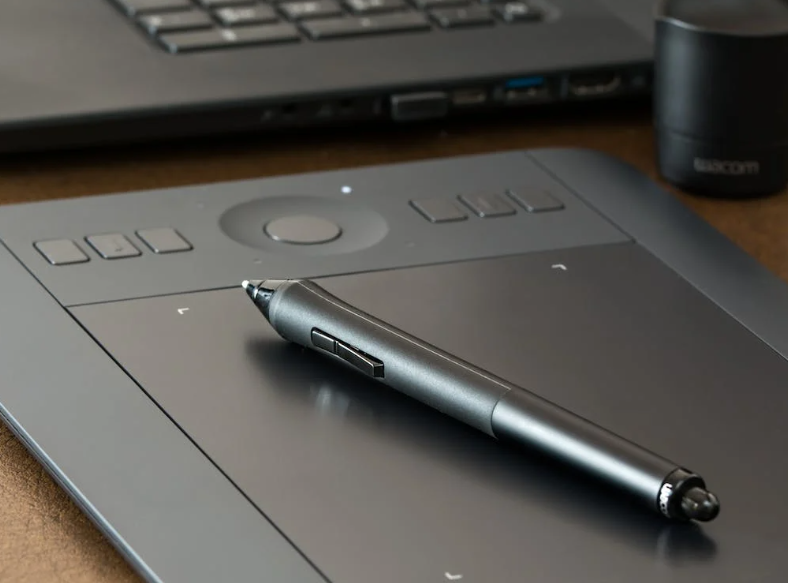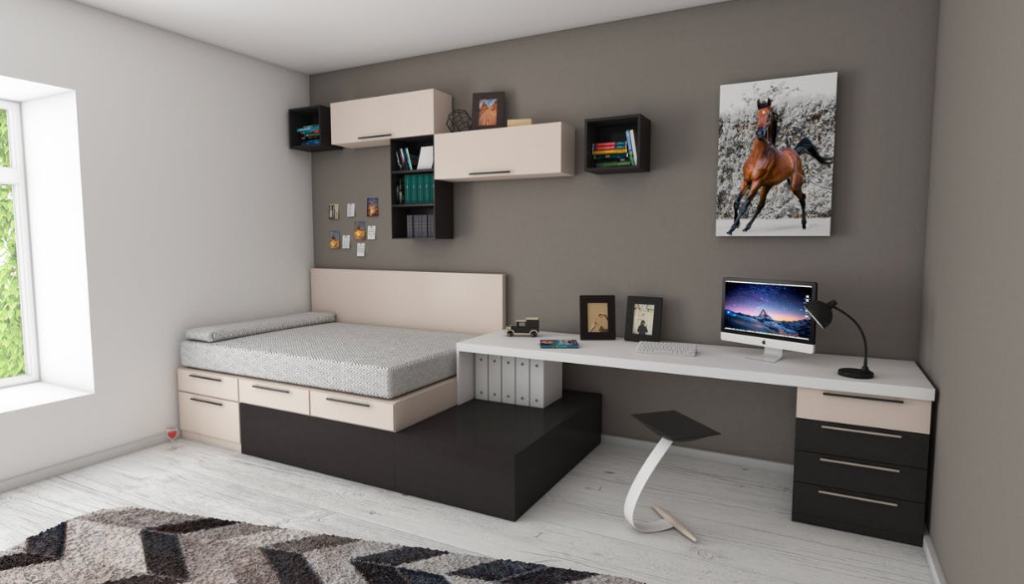How Mindfulness is Related to Design Thinking
You are probably wondering, how does mindfulness relate to design thinking? This Article dives into just that.

Selfpause Affirmation App
Download the app to get 1,000’s of affirmation meditations and everything you need to write, record and listen to your own.
You may wonder how mindfulness is related to design thinking. In fact, the two concepts are related. Specifically, mindfulness practices are relevant to the relational aspect of design thinking. Mindfulness helps you stop letting your ego take control and listen to other people’s viewpoints. Those who design mobile apps or websites may find it challenging to overcome their biases. Mindfulness practices encourage you to listen to others’ input and bring their ideas to the design table.
Attributes of Mindfulness Relevant to Design

The interpersonal attributes of mindfulness are important for relating with others and for enhancing interpersonal relationships. This is because attention to the bodily states of other people is an essential component of mindfulness. Mindfulness can also help in improving communication with others because it increases attunement to their needs.
One way to practice mindfulness is to stay present and not judge your thoughts or feelings. Humans tend to be judgmental. Staying present is challenging as our minds are constantly trying to shift to other topics. By observing our thoughts and feelings, we can learn how to stay present and not judge them.
Mindfulness involves a number of processes that are cognitive, behavioral, and affective. Those involved in design thinking may be aware of their own emotions and those of others. However, this awareness does not guarantee successful communication. Developing this kind of awareness in our interactions with others requires us to learn how to combine our skills of mindfulness and communication.
Switching Off Autopilot

Design thinking requires a shift in mindset. It is important to think outside the box and to turn off autopilot mode in your design thinking process. For example, most of our purchases are on autopilot – this means that we don’t make decisions that can affect our results. The best way to do this is to think creatively. You might come up with a brilliant way to provide free samples when a customer purchases a new washing machine or persuade a retail outlet to let you demonstrate your new product in person.
Consumers are used to autopilot consumption. This is a low-hassle way to procure products. This is beneficial for brands that consumers choose but less satisfying for those that are left out. Autopilot consumers are also less likely to engage with alternative brands. As a result, their switching rates are lower.
The Ability to Listen

One of the most important aspects of design thinking is the ability to listen. Design thinking is about looking outwards and inwards to provide solutions for clients and users. Designers can excel by listening to others’ voices and understanding the road ahead. Don Norman describes three levels of design thinking: observe, listen, and understand. By listening to others, designers can learn the context of a situation and build a shared vocabulary.
Listening requires patience and maturity. Often, professionals are tempted to give direction before truly listening. By learning how to hear others’ voices, designers can develop the proper questions to ask in order to create better solutions. Listed below are some tips for listening to others’ voices during design thinking.
Listening to other people’s voices can help you understand their needs and goals. This step is essential in the first phase of the design thinking process. The goal is to gain empathy from your target audience. Empathizing with your audience helps you understand their goals and the challenges they face.
Letting Go of Ego-driven Feedback

While it can be tempting to give yourself ego-driven feedback, it is important to recognize that this approach is rarely productive. When you are trying to get the most out of your team, you must look outside your ego and put aside your aversion to failure. By doing so, you can gain insight into your team members’ behavior, as well as their spending habits, and make adjustments based on that knowledge.
One effective way to let go of your ego is to acknowledge your strengths and weaknesses in a professional manner. This will help you frame your conversations with your team members. In addition to helping you understand your team members, this method also lets you connect with greater ideas. As with any skill, it takes practice to get used to sharing the spotlight and letting go of your ego.
In conclusion, the attributes that were mentioned in the article are related to design thinking. Mindfulness practices are relevant to the relational aspect of design thinking. Mindfulness helps you stop letting your ego take control and listen to other people’s viewpoints. Mindfulness practices encourage you to listen to others’ input and bring their ideas to the design table. Allowing creativity to flourish and bring success to you and your team.
Our Top FAQ's
Mindfulness practices can be incorporated into the design thinking process in a variety of ways. For example, designers can take time to meditate or practice other mindfulness techniques before beginning a design session to help them clear their minds and focus on the task at hand. Additionally, designers can incorporate mindfulness into their daily work routine by taking breaks to practice deep breathing or other relaxation techniques, or by setting aside time to reflect on their work and the design process as a whole.
Mindfulness can influence the way designers approach problem solving and innovation in several ways. For example, it can help designers stay focused and present in the moment, rather than getting caught up in distractions or becoming overwhelmed by competing demands. This can lead to more creative and innovative solutions, as designers are able to think more clearly and objectively about the problem at hand. Additionally, mindfulness can help designers develop a sense of curiosity and open-mindedness, which can be essential for generating new ideas and approaches to problem solving.
Mindfulness can improve communication and collaboration among design team members by helping to create a sense of calm and focus within the team. When designers are able to stay present and focused, they are better able to listen to and understand the perspectives of their colleagues, leading to more productive and effective collaboration. Additionally, mindfulness can help team members develop better communication skills, such as the ability to actively listen and present their ideas clearly and concisely.
Mindfulness can impact the empathy and user-centered focus of design thinking by helping designers develop a deeper understanding and appreciation of the needs and experiences of the people they are designing for. By practicing mindfulness, designers can become more attuned to the subtle cues and experiences of others, which can help them create designs that are more user-friendly and effective.
Mindfulness practices can help designers avoid cognitive biases and make more objective decisions in the design process by helping them to become more aware of their own thoughts and emotions, and to recognize when these might be influencing their decision-making process. By taking a mindful approach to decision making, designers can better consider all available options and make more unbiased and objective choices.
